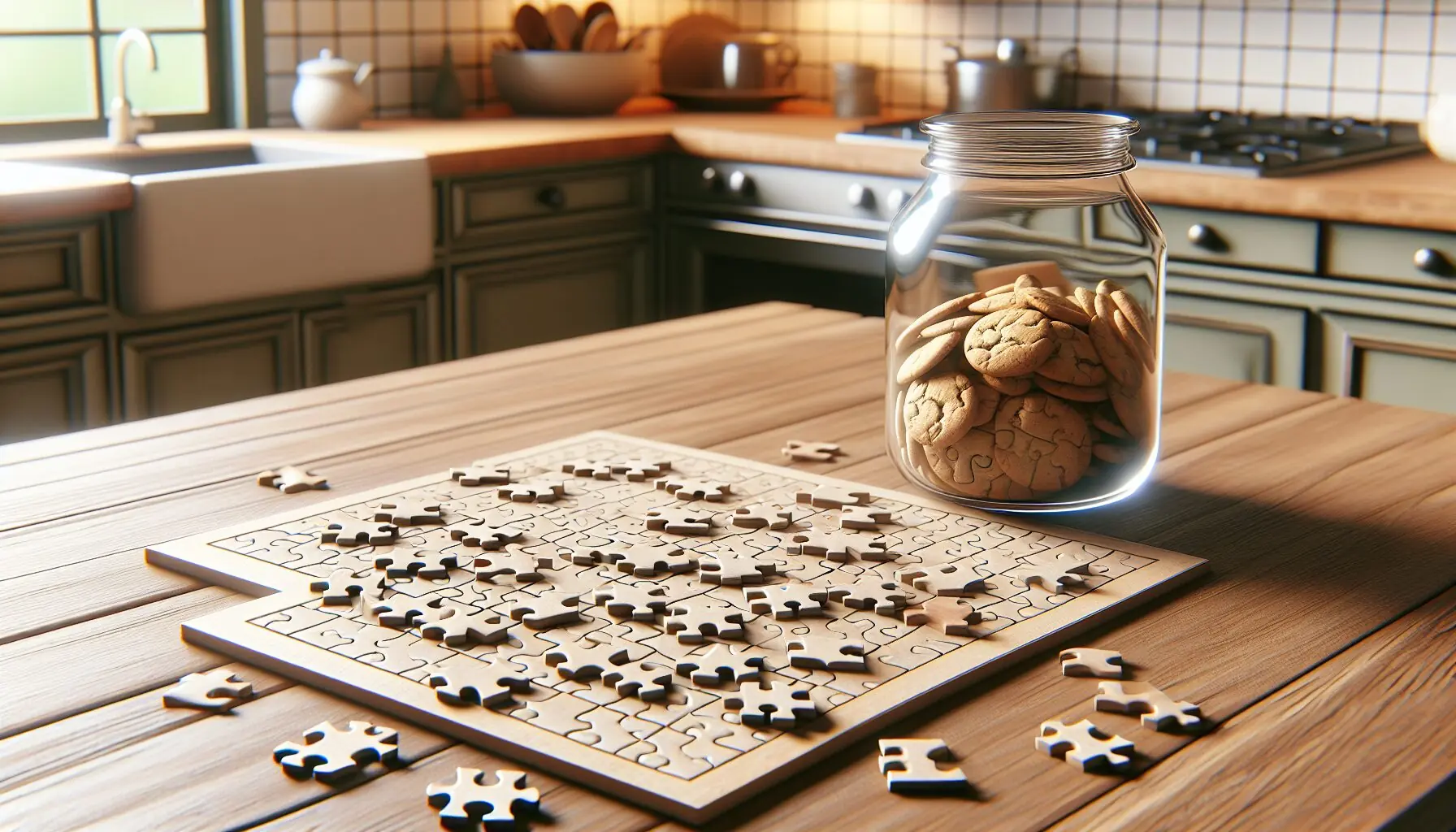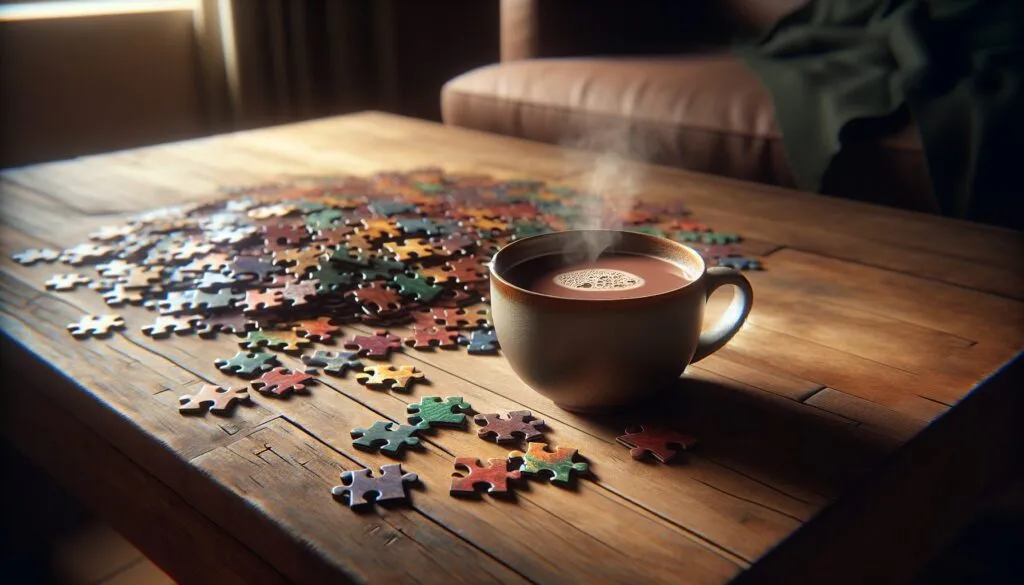Creating Bonds Over Puzzles
Picture this: a chilly February day where a cup of hot cocoa meets tiny hands tinkering with colorful puzzle pieces. Today, we’re not just playing; we’re embarking on a mission of Understanding Teamwork. Collaboration is at the heart of our small yet mighty activity. Through puzzles, children practice cooperation, problem-solving, and logical reasoning. These elements are key to building their foundation in social skills and empathy.
Why puzzles, you ask? Because sometimes, life is like a puzzle—a bit challenging but infinitely rewarding when pieced together! Let’s dive into how these jigsaw marvels can nurture important developmental qualities.
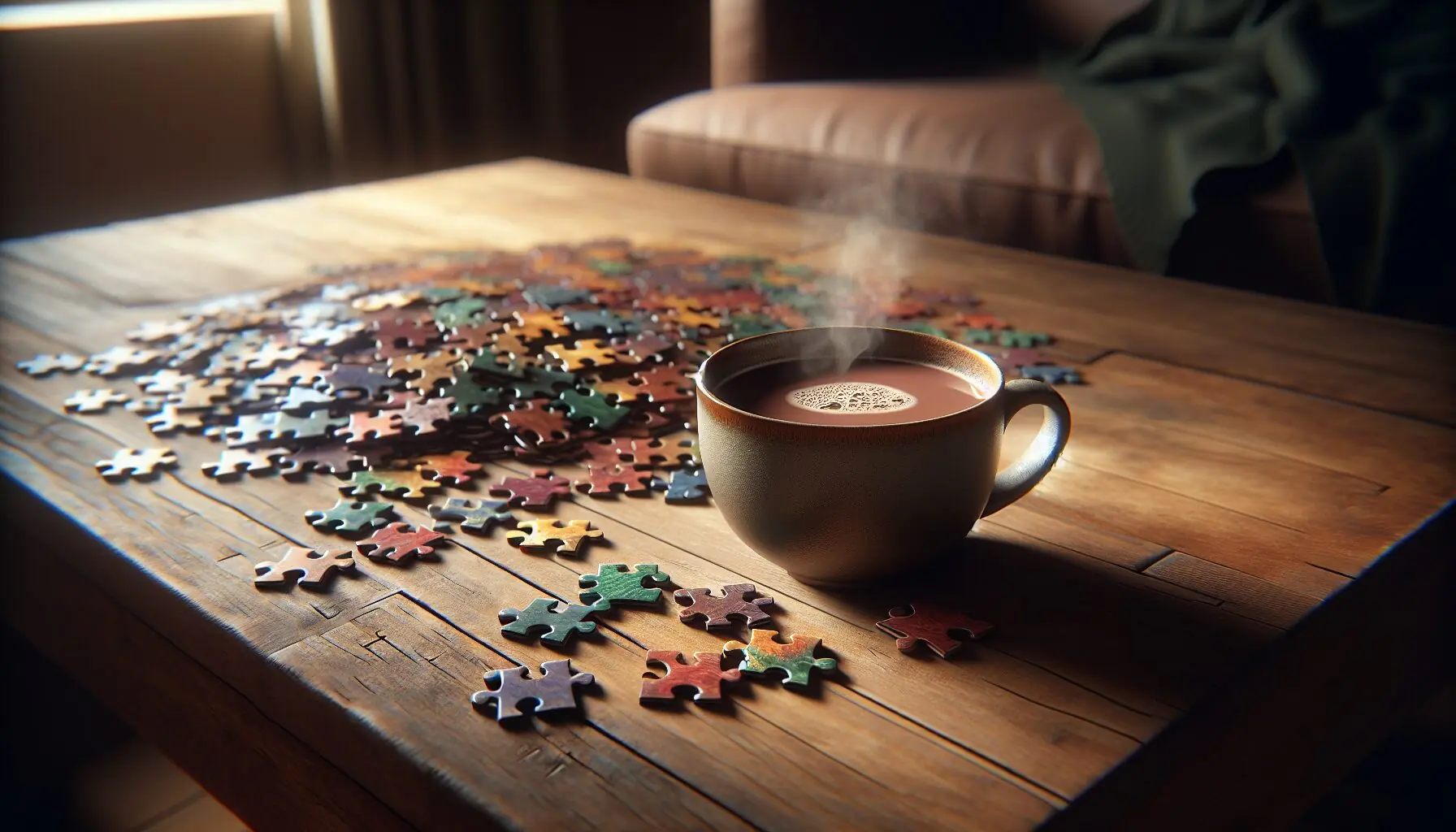
Puzzle Play: Simple Steps to Fun and Learning
Activity time! Our mission: Build a small puzzle together. Here’s your checklist:
- Materials needed: A simple puzzle (20-30 pieces) available at local stores or online. A comfortable space like a living room or dining table.
- Time commitment: Approximately 20-30 minutes. For adaptability, try puzzles of varying themes based on your child’s interests.
Instructions:
- Lay out all the pieces face-up.
- Guide your child in finding edge pieces first.
- Encourage your child to ask for help when needed, fostering teamwork. Offer snippets of encouragement and guidance throughout the process.
Tips:
Make it a storytelling session! For each piece, create a little narrative that links to the puzzle’s theme. Keep a light atmosphere with jokes or silly banter to ensure it’s a stress-free experience.
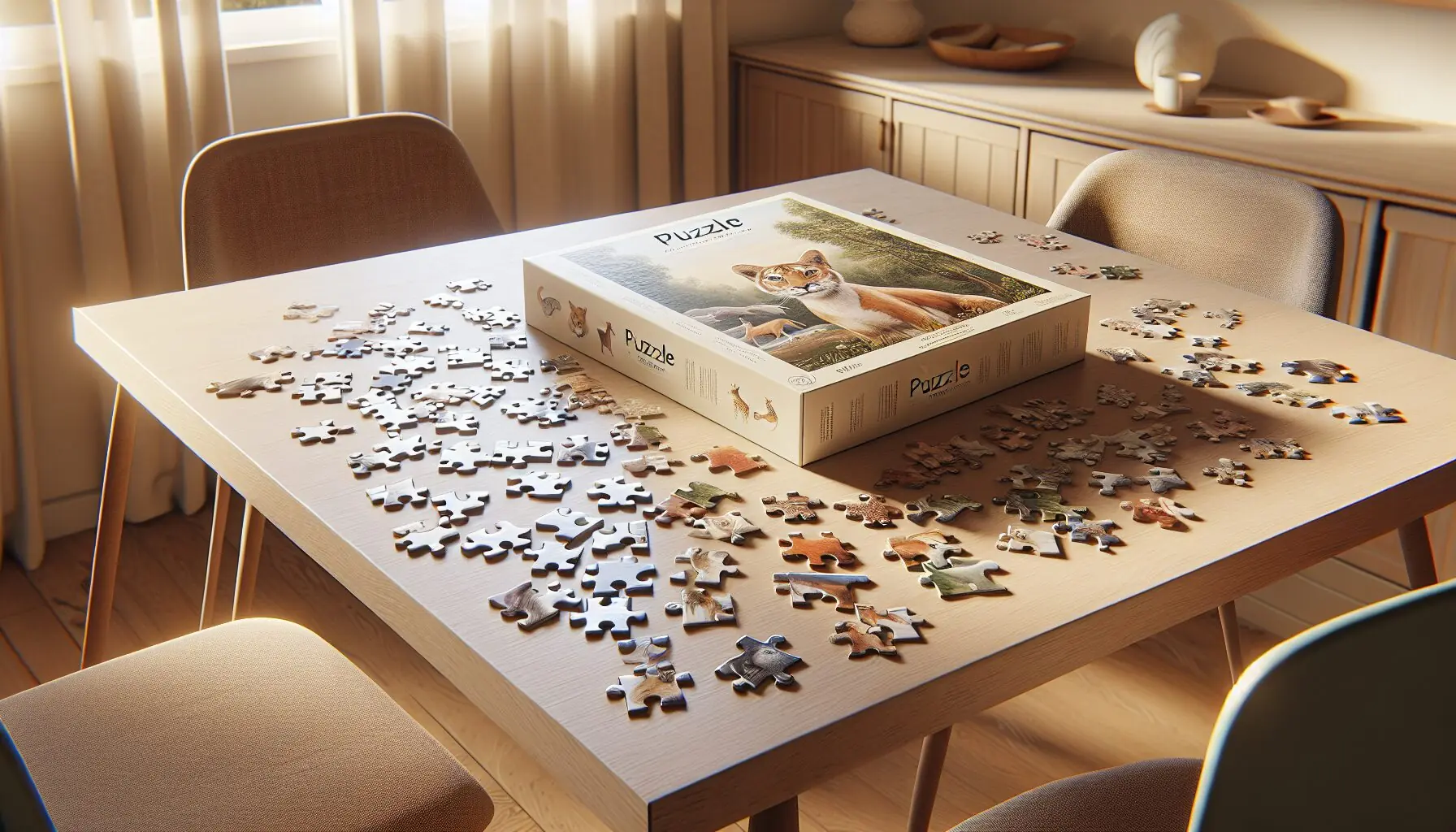
Why is this puzzle play important, you wonder? While it might seem simple, these deliberate moments cultivate crucial life skills.
Teamwork doesn’t develop in isolation; it grows through shared tasks requiring patience and collaboration. With every piece connected, kids comprehend companionship. This small step strengthens their emotional bonds and imbues them with empathy.
Joint problem-solving hones logical thinking, ensuring a wholesome growth path. The journey from scatter to synergy—every mismatch and fit—empowers your child with the confidence to face challenges.
The combined effort doesn’t just solve puzzles; it builds futures.
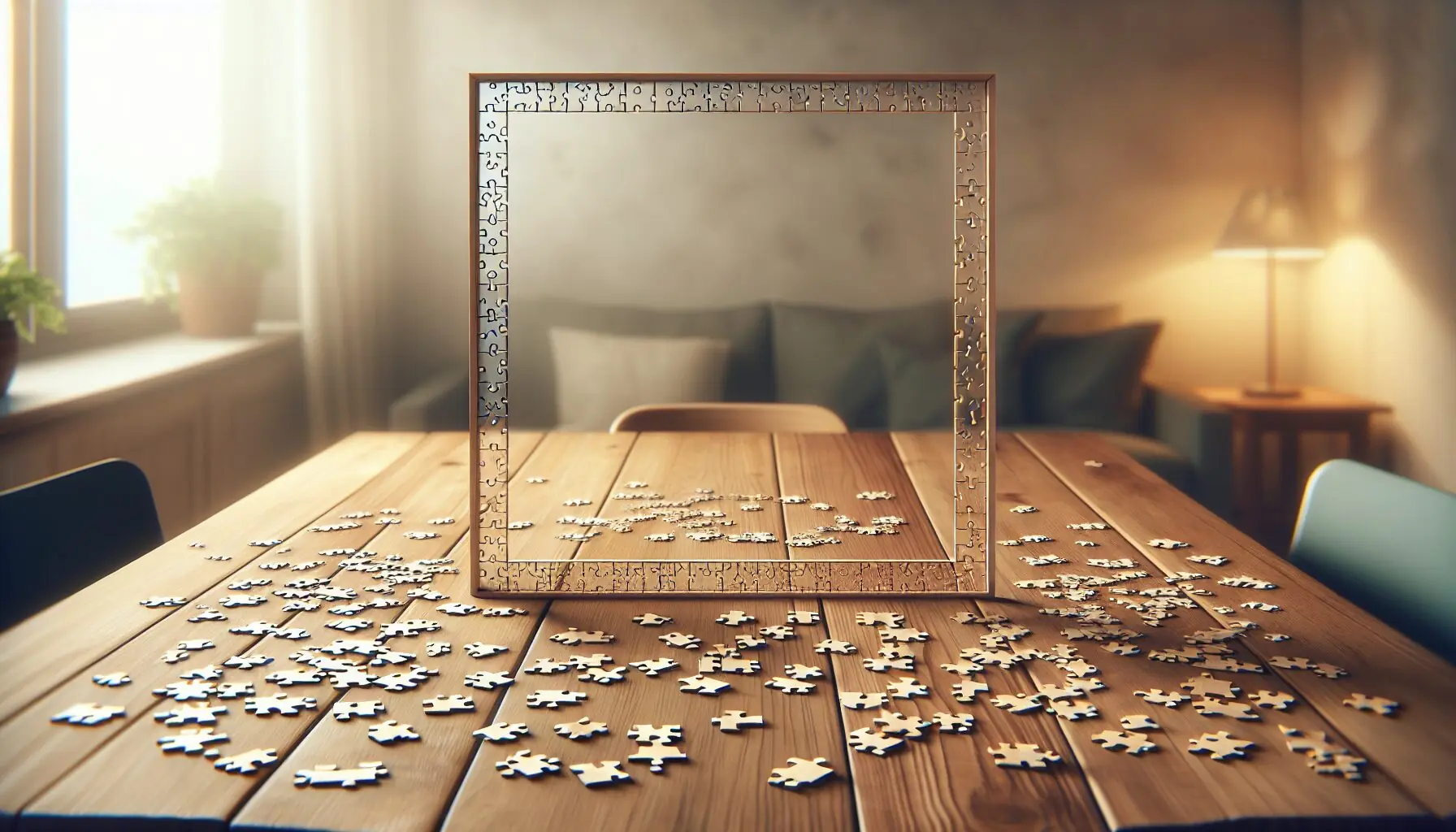
A Touch of Humor and Real-Life Connection
Imagine this: Amidst a puzzle session, your adorable counterarguments about which piece fits where might start sounding a lot like a comedic debate! Feel free to share your super-serious debates over where that oddly-shaped piece goes, and perhaps how a missing piece ended up in the cookie jar instead of the puzzle!
Humor and little stories from your play sessions not only lighten the mood but enrich these moments. Such cheerful exchanges ensure parents and children share hearty laughs and happy tears, strengthening their bonds.
By opening up about your experiences, you’re inviting others to spark their creativity. Let’s treasure these delightful puzzle-solving journeys together!
